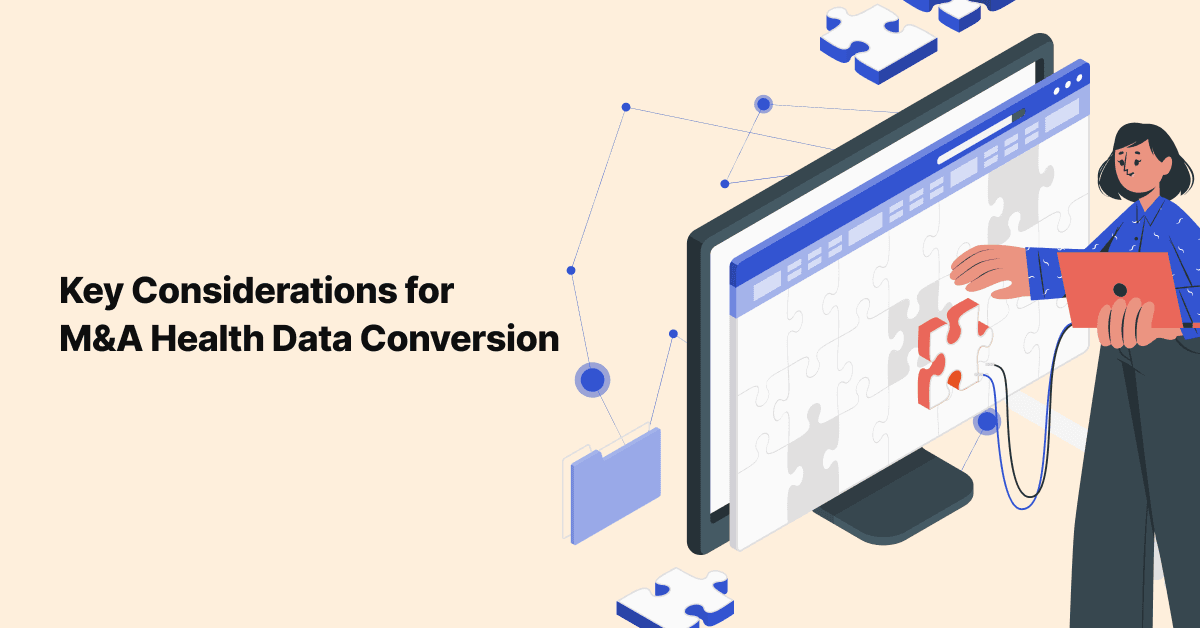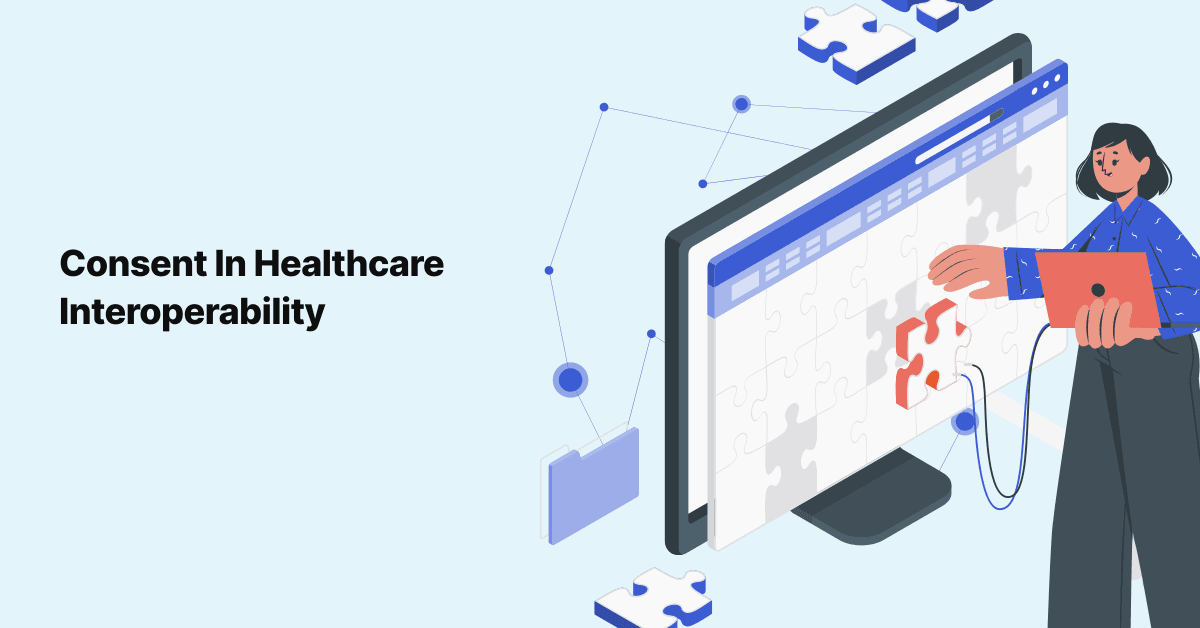
The Role and Importance of Data Collection in Healthcare
The importance of data collection and its analysis lies in the fact that the more accurate the collected …

There is no one way to handle issues that occur in transit from one system to another. Whether it’s dropped data packets over a wireless network or a disrupted connection from a solidly-crafted VPN tunnel, hiccups happen. The nature and frequency of interface errors may vary even within a single connection, which makes coming up with a solution tricky. Nevertheless, part of having a solid foundation for interoperability is managing EHR interfaces in terms of what happens when they don’t function as expected.
There may be a manual error queue, for example, that is accessed via a simple interface for healthcare IT engineers to monitor and resolve. In some cases, devices have a on-board backup method for storing data (even if temporarily) to provide redundancy if a transmission error occurs. Knowing how to effectively mitigate interface hiccups and retrieve PHI as quickly as possible can help health systems establish interconnected health records in the EHR with maximum confidence.
When compiling multiple sources of patient health information and care metrics, it’s important that a solution for normalization of the data exists to support a consolidated record. The benefit of a well-populated EHR chart for a given patient is only realized if data is structured whenever possible to allow for trending and efficient retrieval of information, organized as expected and with minimal clicks. Especially in the case of unique metrics coming out of IoT solutions for healthcare, an interface engine of some sort may be required to define how the data is categorized, tagged, and stored for seamless retrieval.
Many of the “low hanging fruit” opportunities for early interfaces into EHRs like Epic are going to be based on familiar data standards, largely because that info is coming from other healthcare IT-driven solutions (such as other EHRs). When hospitals start tapping into some of the “dark data” that exists but is not readily leveraged due to the complexity of capturing or implementing it into a standard model, things get really interesting. The effort does not preclude the value, and innovative health systems embracing IoT technology are also often the first in line to eagerly pursue unusual metrics to enhance their data model. This is where hiring professional interface developers goes a long way, allowing for industry expertise to drive solid connections even based on the most unusual, unexpected info.
Tapping into additional sources of patient data is a tremendous benefit across the entire care continuum, impacting the bottom line for hospital administrators while also moving the needle on the quality of patient care. However, we know that not all data is created equal, especially when liability is a significant source of concern for the clinical end users and executives. Making reliable EHR interfaces a top priority, especially as an opportunity to incorporate promising IoT use cases for healthcare, will yield tremendous benefits that increase the value of the technology investment.
Join over 3,200 subscribers and keep up-to-date with the latest innovations & best practices in Healthcare IT.

The importance of data collection and its analysis lies in the fact that the more accurate the collected …

Healthcare has witnessed a significant increase in Mergers and Acquisitions (M&As) in the last decade. One …

When presented with a large stack of forms to complete upon arrival at the doctor’s office, most of us plow …